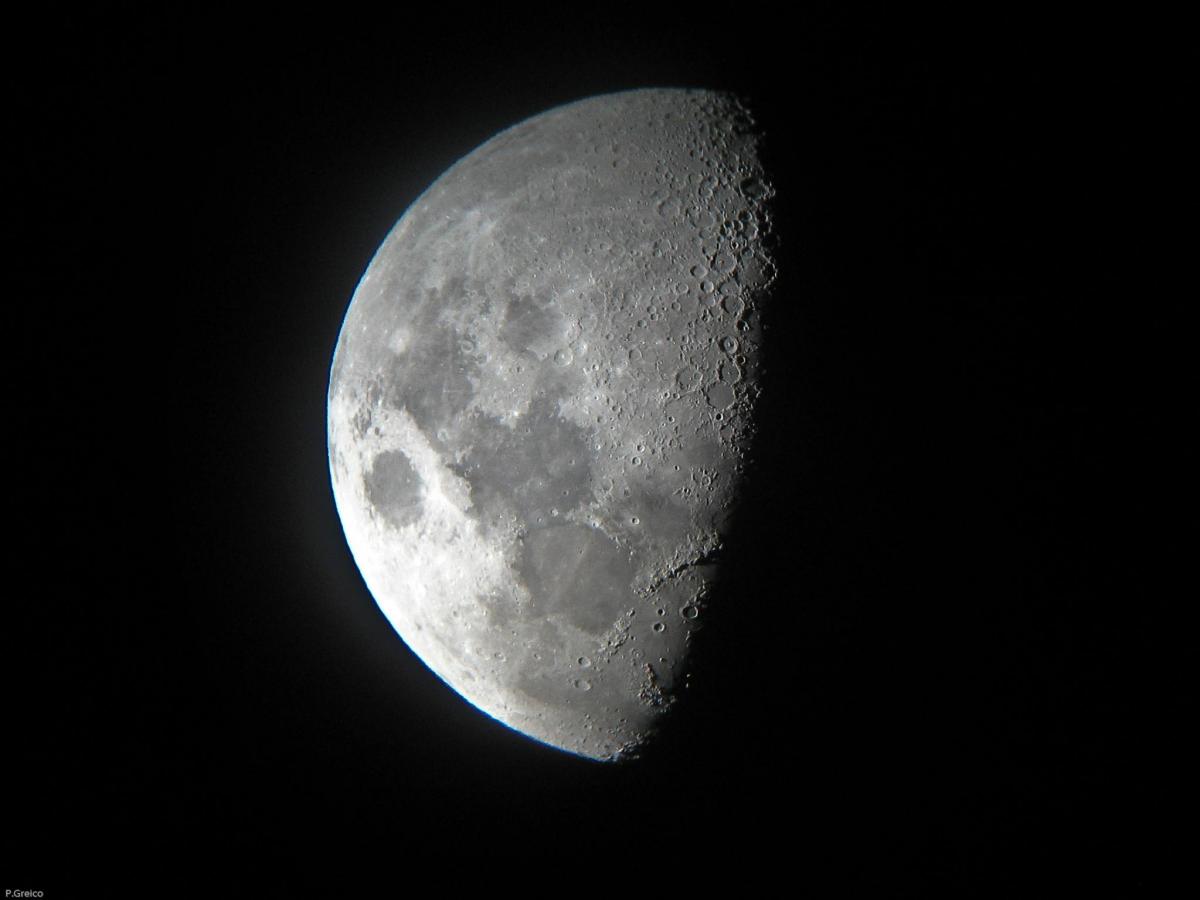Missions to the Moon Inspire article
What we learnt from the first moon landing, and the curious questions that remain.
On July 16 1969, a 110 metre high space rocket, the Saturn V, launched from the Kennedy Space Center in Orlando, US. Five days later, on July 21, Neil Armstrong climbed down the ladder of the lunar module to become the first man on the moon. Buzz Aldrin soon joined him, and together they spent the next two and a half hours gathering samples of surface materials and taking photographs of the lunar terrain. What did we learn from this mission and how has our understanding of the Moon progressed since the Space Age? What questions still remain unanswered and what are the challenges of returning to the Moon?

10 more American astronauts followed in Armstrong’s footsteps as part of NASA’s Apollo programme before the Moon landings stopped. But despite what scientists learnt from the Apollo programme, there are still mysteries that remain, and robotic missions are key to taking the 13th human to the Moon.
One of the reasons scientists want to study the Moon is that it can give a unique insight into the processes that the Moon and Earth may have experienced in the early Solar System. This is because the surface of the Moon bears the physical marks and the chemical history of its journey alongside Earth. But for all the reasons why scientists want to return to the Moon, the logistics of lunar exploration are challenging.
Heavenly partners
Despite the Moon and Earth having a shared history, they have not always been companions. The Moon formed approximately 4.5 billion years ago, 40 million years after the Earth, so what was Earth like before this time? Exploring what life would be like without the Moon is a fun exercise to illustrate the interesting ways that the Moon shaped Earth. Moreover, without a Moon we wouldn’t experience the fascinating phenomenon of eclipses, when the Sun or Moon seems to disappear.
Teaching about the Moon is a great topic to spark your students’ interests in space and astronomy. The Moon is easily observable yet its mysterious nature adds an adventurous aspect to any lesson. For more inspiration for teaching about space, click here.





